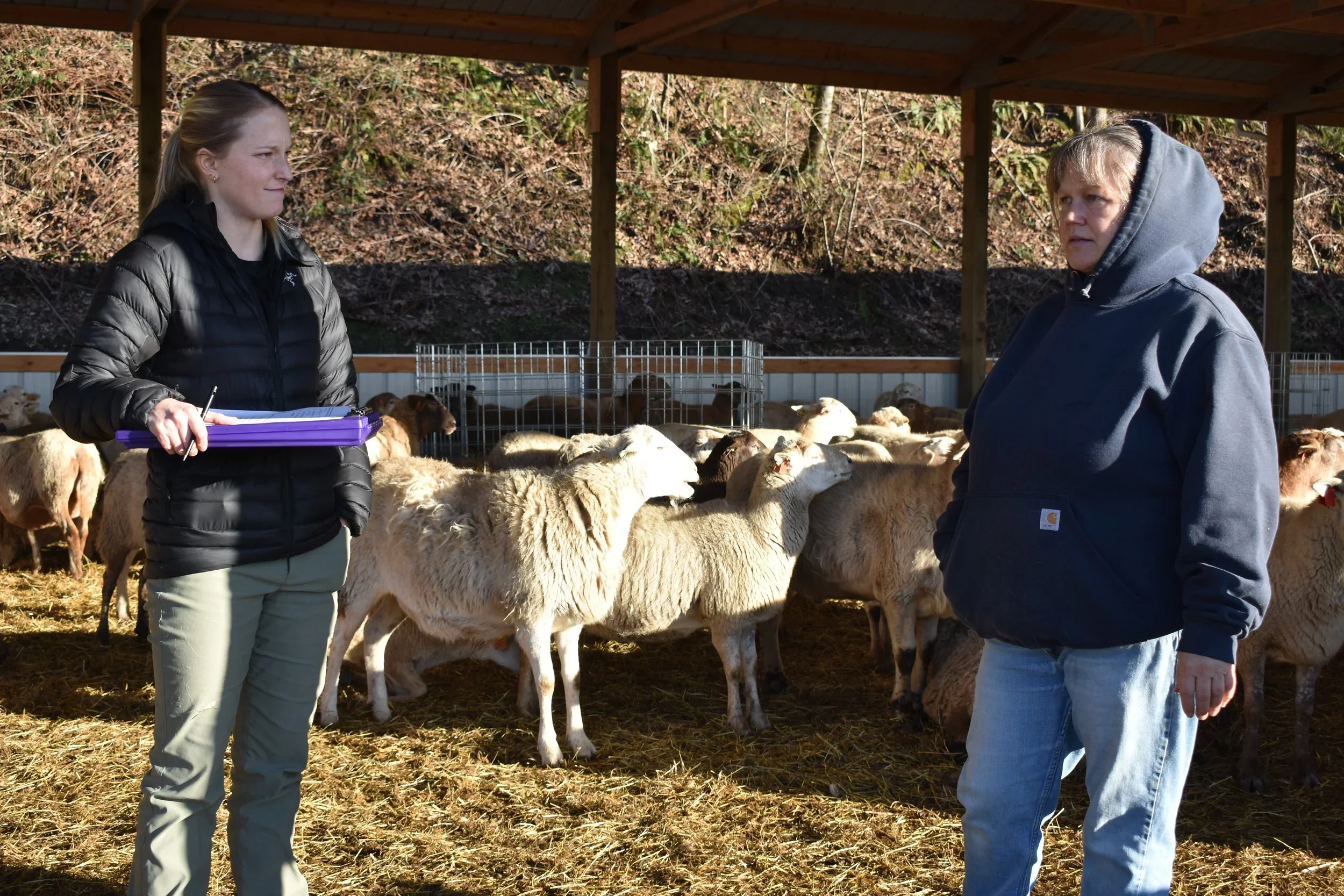Farming in a Flood Zone: Protecting Animals, Soil, and Water
/Imagine that with every heavy rain, as runoff pours into the valleys from the uplands and rivers begin to rise, you had to calculate whether you could get home in time to move your animals to safety. Until recently, this was Michelle Canfield’s reality each winter, with her sheep pastured in the Snohomish floodplain.
Read More




















